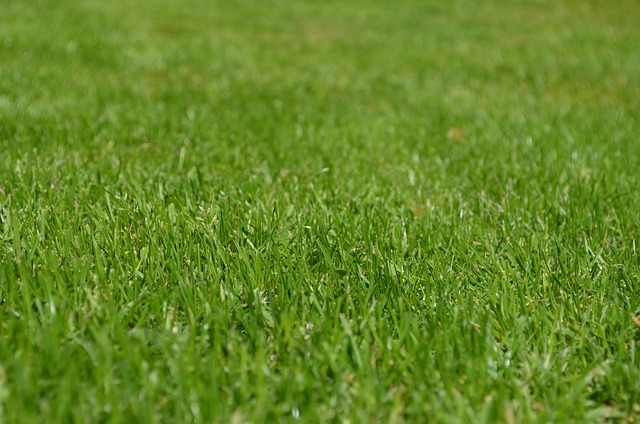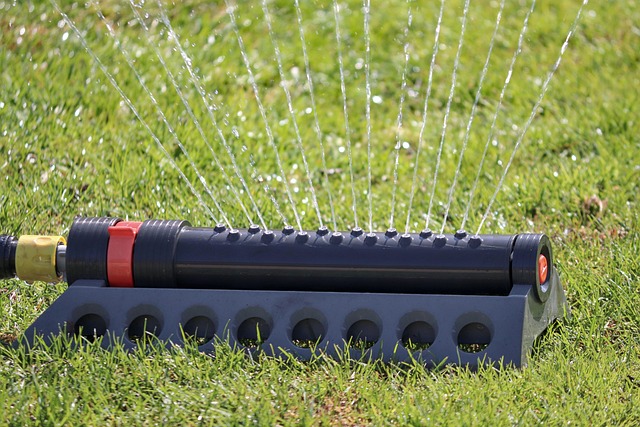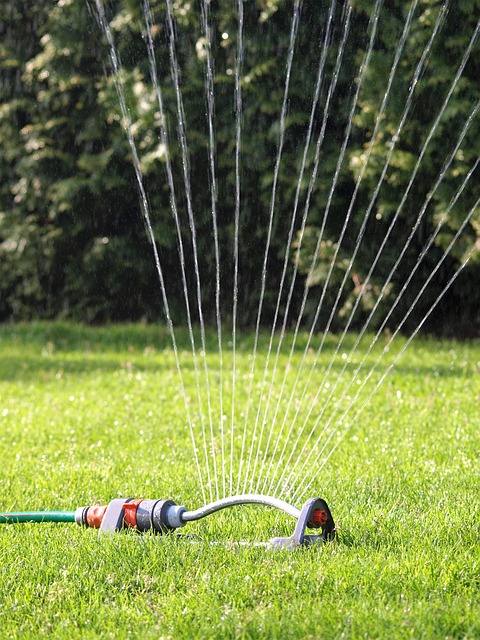Before starting lawn care and landscaping, define your goals—functional or aesthetic, or both—for your outdoor space. Measure the site for limitations and challenges, integrating natural features for enhanced visual appeal with minimal maintenance. Set clear objectives, matching plant and hardscaping choices to regional climate and soil conditions for low-maintenance sustainability.
“Transform your outdoor space into a vibrant landscape with our comprehensive guide. Discover the secrets to crafting your dream yard, from initial planning to ongoing maintenance.
We’ll walk you through every step, starting with understanding your unique needs and setting clear goals. Learn how to assess your site, define objectives, and choose from diverse landscaping styles. Explore essential design elements, color theory, and key features like hardscapes, softscapes, water features, and lighting.
Furthermore, gain insights into hiring professionals, navigating permits, planting best practices, and establishing a maintenance schedule for optimal lawn care and landscaping.”
- Understanding Your Landscaping Needs and Goals
- – Assessing the Site: Measuring space, identifying challenges, and considering aesthetics.
- – Defining Objectives: Creating a vision for functionality, style, and long-term maintenance.
Understanding Your Landscaping Needs and Goals

Before diving into the world of landscaping design, it’s crucial to take a step back and define your needs and goals. Lawn care and landscaping are more than just maintaining greenery; they involve creating outdoor spaces that cater to your lifestyle and aesthetic preferences. Consider factors like entertainment areas for gatherings, privacy from neighbors, or specific themes like garden retreats or eco-friendly landscapes.
Understanding these desires will guide your choices in materials, colors, plant selection, hardscaping features (like patios and walkways), and overall layout. Whether you aim to enhance curb appeal, create a functional outdoor living space, or cultivate an eco-conscious landscape, aligning your design with your objectives ensures a satisfying and vibrant outdoor environment that complements your home and way of life.
– Assessing the Site: Measuring space, identifying challenges, and considering aesthetics.

Assessing a site for lawn care and landscaping is a critical first step in any project. It involves meticulous measurement to determine the available space, which dictates the scale and layout of the design. During this phase, landscape designers also identify potential challenges like uneven terrain, obstructed areas, or existing structures that could impact the final look. Balancing these factors with the desired aesthetics is essential to create a harmonious outdoor space.
Visual appeal is another key aspect to consider. Assessing natural features such as trees, bodies of water, and existing vegetation can help guide the design process. Integrating these elements in a way that enhances their beauty while functional considerations for lawn care are met, ensures a beautifully designed landscape that also requires minimal maintenance.
– Defining Objectives: Creating a vision for functionality, style, and long-term maintenance.

Before diving into the world of landscaping design, defining clear objectives is paramount. This initial step involves creating a vision that seamlessly blends functionality with aesthetic appeal, ensuring the final landscape meets your needs and enhances your outdoor space. Consider how you want to use the area—whether it’s as a serene retreat, an entertainment hub, or a vibrant garden for various activities. For instance, if you envision hosting gatherings, designing a functional patio and incorporating features like a fire pit can transform your backyard into a social center.
Additionally, long-term maintenance should be a key consideration in landscaping design. Choosing suitable plants, trees, and shrubs that align with your region’s climate and soil conditions will make upkeep more manageable. A well-planned landscape minimizes the need for excessive water usage, chemical applications, or frequent replacements, thereby promoting sustainability. Incorporating hardscaping elements like pathways, retaining walls, and decks not only adds structural appeal but also reduces maintenance over time. Thus, defining objectives at the outset ensures your landscaping project is a successful and low-maintenance investment in your lawn care and overall outdoor living experience.
Effective landscaping design transforms outdoor spaces into functional and aesthetically pleasing environments. By understanding your specific needs and defining clear goals, you can create a vibrant lawn care and landscaping plan tailored to your unique vision. Assessing the site’s potential, considering maintenance requirements, and prioritizing both functionality and style are essential steps in this process. With careful planning, you can cultivate a lush oasis that enhances your lifestyle and adds value to your property.



